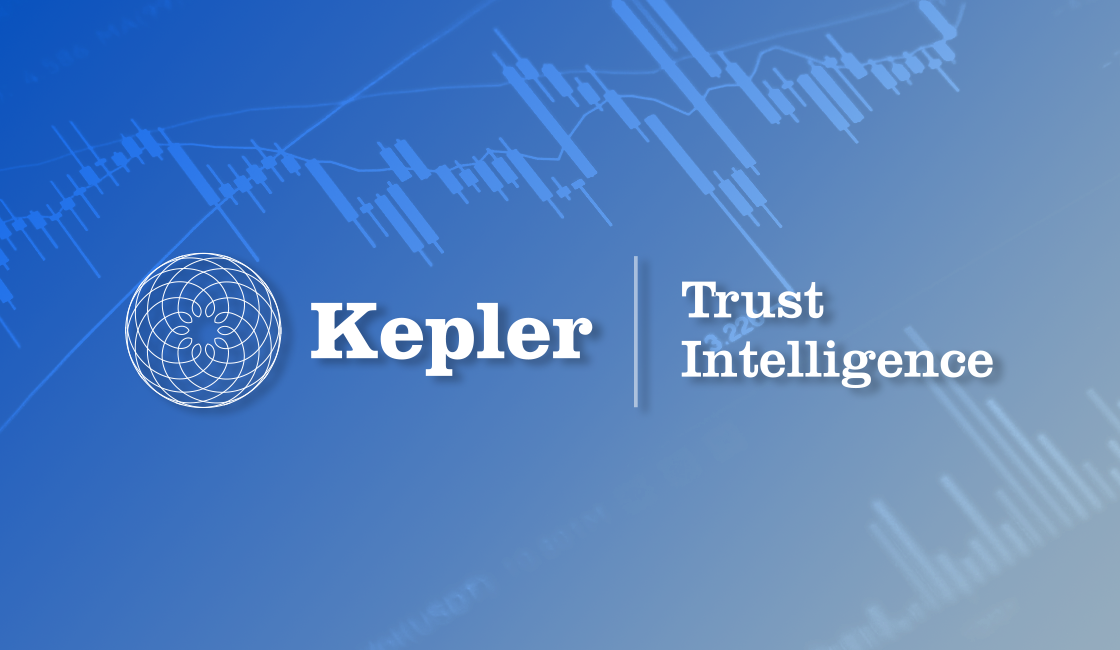Throughout the closing months of 2022 and early 2023, a significant number of leading Wall Street experts were calling for a recession to impact the US economy in the current year. As 2023 comes to a close, the forewarned economic downturn remains elusive. In a somewhat surprising development, the economic landscape is exhibiting robust signs – marked by a decline in inflation, unprecedentedly low unemployment figures, and solid consumer spending.
Robert Moffat, portfolio manager at Middlefield Group highlights the significant role that sectors like consumer discretionary and technology have had in boosting the market. However, he notes a twist: while these sectors surged, traditional defensive sectors like healthcare and utilities have underperformed due to a misjudgment regarding the economy’s ‘soft landing’.
For 2024, Moffat envisions what many were calling for in the previous year. Not ready to flash a giant red worry signal, Moffat doesn’t predict a severe recession, but rather a deceleration from the high growth rates seen recently, such as the 5.2% GDP growth in the third quarter of 2023. This scenario brings forth a comeback story for defensive sectors like healthcare, expected to excel in the late-cycle.
Significance of the healthcare sector
As reported on Nov. 30, the S&P 500 healthcare sector has returned -2.2% year-to-date and has lagged the S&P 500 Index by more than 22%. However, Moffat says, “2024 should be a much better year as healthcare is expected to deliver some of the best earnings growth in the entire market.”.
“This comes after a year of negative earnings growth, where companies saw inflated profits related to COVID-19 roll off. During the pandemic, companies benefited from extensive spending on COVID vaccines, therapeutics, testing equipment, and related areas. However, in 2023, this spending decreased due to government austerity and cutbacks in R&D. Now, 2024 looks promising as a year of recovery, with healthcare poised to lead the market in earnings growth.”
Moffat particularly points to GLP-1 agonist drugs, developed by Eli Lilly and Novo Nordisk, as significant disruptors. He believes the market is undervaluing certain Med-tech companies, like Dexcom and Stryker, poised for growth as perceptions around GLP-1 agonists realign.
Investment strategies in healthcare
Moffat expresses a bullish outlook on GLP-1 agonist drugs, developed by Eli Lilly and Novo Nordisk. He is particularly confident in Eli Lilly, given its projected earnings growth and the potential of its GLP-1 agonist drugs for treating diabetes and obesity.
“Eli Lilly is projected to grow earnings by almost 40% per year for the next five years. Based on the disruptive nature of these drugs and given that growth profile, this is a name that that you need to own in the sector,” highlights Moffat.
Eli Lilly has established a strong track record of earnings growth, primarily driven by its diversified portfolio of drugs in critical therapeutic areas such as diabetes, cancer, immunology, and neuroscience. Its recent foray into the obesity setting, stemming from its weight-loss drug Zepbound receiving FDA approval in November 2023adds to the company’s long-term growth outlook.
Interestingly, Zepbound is not an entirely new molecule, but rather a new name and brand for its previously successful Type 2 diabetes drug, Mounjaro. Mounjaro gained rapid blockbuster status since its approval in spring 2022, partly because doctors began prescribing it not only for diabetes but also for weight loss. This off-label use for weight management significantly contributed to its popularity and demand and helped build a market for Zepbound before it was approved to treat obesity.
The high demand for weight loss drugs in recent times has been so substantial that supply shortages have occurred. Zepbound’s entry into this market, with its dual utility for both diabetes and weight management, positions it well in the current pharmaceutical landscape. Its approval and subsequent market performance could further strengthen the company’s financial growth and prominence in the pharmaceutical sector, capitalizing on the increasing demand for effective weight management solutions.
The wild success of GLP-1 drugs has impacted other areas of the sector. Healthcare equipment & devices stocks, or MedTech, have been particularly impacted by the promising effects of reducing diabetes and obesity across the population. Moffat believes that current concerns are overblown, and that MedTech stocks are attractively valued and positioned to outperform in 2024. He expects that the impacts from weight-loss drugs will take decades to play out, and that medical procedures and surgery volumes will continue to grow steadily over the medium term.
While the sector is in a slump currently, Stryker shares are up. Stryker, headquartered in Kalamazoo, Michigan, stands as a prominent name in the medical technology industry. If you’ve ever been hospitalized, there’s a good chance you’ve encountered their products, as they are one of the world’s largest manufacturers of hospital beds and joint replacements.
They are also at the forefront of medical technology, offering a range of advanced products including its robotic-arm assisted surgery platform, Mako. This diversity in product offerings underscores Stryker’s significant role in modern medical care and their contribution to advancing medical technologies.
Moffat’s portfolio isn’t limited to the usual suspects. He reveals an intriguing investment in Chartwell Retirement Residences, a Canadian senior housing operator, highlighting its unique position as a healthcare-real estate hybrid and its strong performance post-pandemic.
“The long-term tailwinds from aging demographics are clearly there, and I think the short-term earnings growth simply from occupancy recovering from the pandemic; are in place for another 12 months at least,” says the portfolio manager.
In his final remarks, Moffat underscores three reasons to invest in healthcare: its late-cycle resilience, historical performance in periods of falling inflation, and a strong earnings growth narrative for 2024.
Disclaimer
Commissions, trailing commissions, management fees and expenses all may be associated with mutual fund investments. Please read the prospectus before investing. You will usually pay brokerage fees to your dealer if you purchase or sell units/shares of investment funds on the Toronto Stock Exchange or other alternative Canadian trading system (an “Exchange”). If the units/shares are purchased or sold on an Exchange, investors may pay more than the current net asset value when buying and may receive less than the current net asset value when selling them. There are ongoing fees and expenses associated with owning units or shares of an investment fund. An investment fund must prepare disclosure documents that contain key information about the fund. You can find more detailed information about the fund in these documents. Mutual funds and investment funds are not guaranteed, their values change frequently and past performance may not be repeated. Certain statements in this disclosure are forward-looking. Forward-looking statements (“FLS”) are statements that are predictive in nature, depend upon or refer to future events or conditions, or that include words such as “may”, “will”, “should”, “could”, “expect”, “anticipate”, “intend”, “plan”, “believe”, or “estimate”, or other similar expressions. Statements that look forward in time or include anything other than historical information are subject to risks and uncertainties, and actual results, actions or events could differ materially from those set forth in the FLS. FLS are not guarantees of future performance and are by their nature based on numerous assumptions. Although the FLS contained herein are based upon what Middlefield Funds and the portfolio manager believe to be reasonable assumptions, neither Middlefield Funds nor the portfolio manager can assure that actual results will be consistent with these FLS. The reader is cautioned to consider the FLS carefully and not to place undue reliance on FLS. Unless required by applicable law, it is not undertaken, and specifically disclaimed that there is any intention or obligation to update or revise FLS, whether as a result of new information, future events or otherwise.
This material has been prepared for informational purposes only without regard to any particular user’s investment objectives or financial situation. This communication constitutes neither a recommendation to enter into a particular transaction nor a representation that any product described herein is suitable or appropriate for you. Investment decisions should be made with guidance from a qualified professional. The opinions contained in this report are solely those of Middlefield Limited (“ML”) and are subject to change without notice. ML makes every effort to ensure that the information has been derived from sources believed to reliable, but we cannot represent that they are complete or accurate. However, ML assumes no responsibility for any losses or damages, whether direct or indirect which arise from the use of this information. ML is under no obligation to update the information contained herein. This document is not to be construed as a solicitation, recommendation or offer to buy or sell any security, financial product or instrument.












